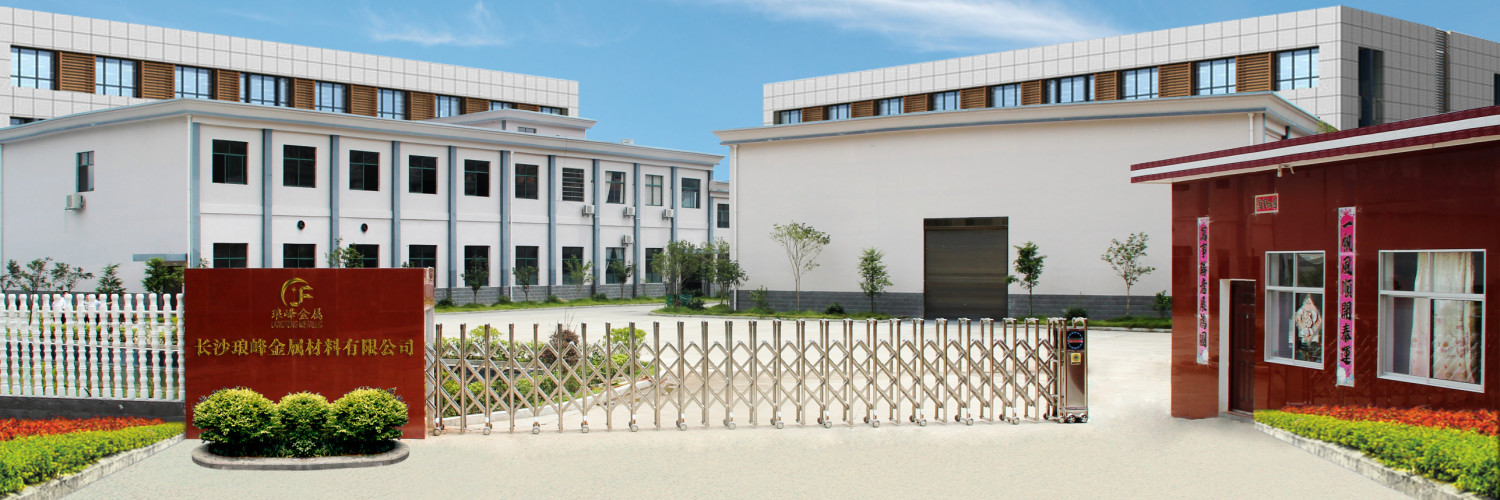As early as 40 years ago it was suggested the possibility of hardening of cemented carbide. By the 1960s, Swedes have been studied for carbide hardening observed cobalt binder phase also exists as iron carbide dispersion of martensite and precipitation phenomena. By the 1970s, due to the more accurate means of detection and quenching equipment is more advanced, has been able to increase the quenching temperature to W-Co-C ternary eutectic temperature or higher, significantly improved the performance of cemented carbide. In recent years, the use of Co allotropic transformation to a high temperature plastic good fcc cobalt (&alpha -Co), with a fast-cooling methods to reduce solid melting at a low temperature plasticity of poor hcp cobalt (&epsilon -Co), It is currently recognized as the theoretical basis carbide hardened. ʱ??
2.1Quenched and tempered test showed, YG type alloy after quenching and tempering treated flexural strength increased. Test alloy YG8 (WC-8% Co), YG11 (WC-11% Co), YG15 (WC-15% Co) and YG20 (WC-20% Co). Sample size is 5 × 5 × 30mm heat treatment process is 950 ℃ × 12 min quenching, 500 ℃ × 3h tempering. The results showed that with the increase of heat treatment Co content after bending strength effect is remarkable. As YG11 increased flexural strength after quenching and YG20 70MPa after quenching is improved 164MPa. From microstructure and fracture morphology, suppressing transition &alpha &epsilon hardening of the binder phase of cobalt, the alloy in &alpha -Co FCC structure phase increases, is one of the main WC-Co alloy flexural strength increased.
In order to explore the mechanism of WC-Co cemented carbide after quenching process of bending strength of component 3&omega % ~ 30&omega % of a series of alloys quenched test. By electrolytic corrosion and chemical attack can be effectively bonded directly shows the WC-Co alloy phase &gamma grains, &gamma were equiaxial grains with ” island arc” form distributed in the matrix. After WC-Co cemented carbide to improve the bending strength of the quenching is due to refinement of &gamma grains, the relative increase in the amount and distribution of the results.
Component (&omega %) WC = 78, TiC = YT14 carbide 14, after 700 ℃ 1300 ℃ quenching and tempering, bending strength than sintered increase of 42%, the hardness increased slightly. After technical tests showed increased quenching W, Ti atoms in the average concentration of the binder phase to strengthen the solid solution strengthening effect of binding phase, while reducing the number of stacking faults and width, to a certain extent, inhibited the &beta &alpha -Co -Co to change and improve the composition of the binding phase, the strength and ductility of the alloy can be improved. Quenching process, resulting in the WC grain size of the strong part of the large slip, slip forming step WC grain boundaries, played a WC grain refinement and reduction WC grain contiguity effect, also reduce the Co phase The average degree of freedom, which is an important factor to improve the mechanical properties of the alloy, tempered alloy reduces the internal stress generated during quenching, enhanced coordination strain of the alloy, the alloy performance is further improved.
Stay tuned for detailed product information company official website: http://www.langfengmetallic.com/

Be the first to comment on "Changsha langfeng matallic material Ordinary carbide heat treatment experiment"